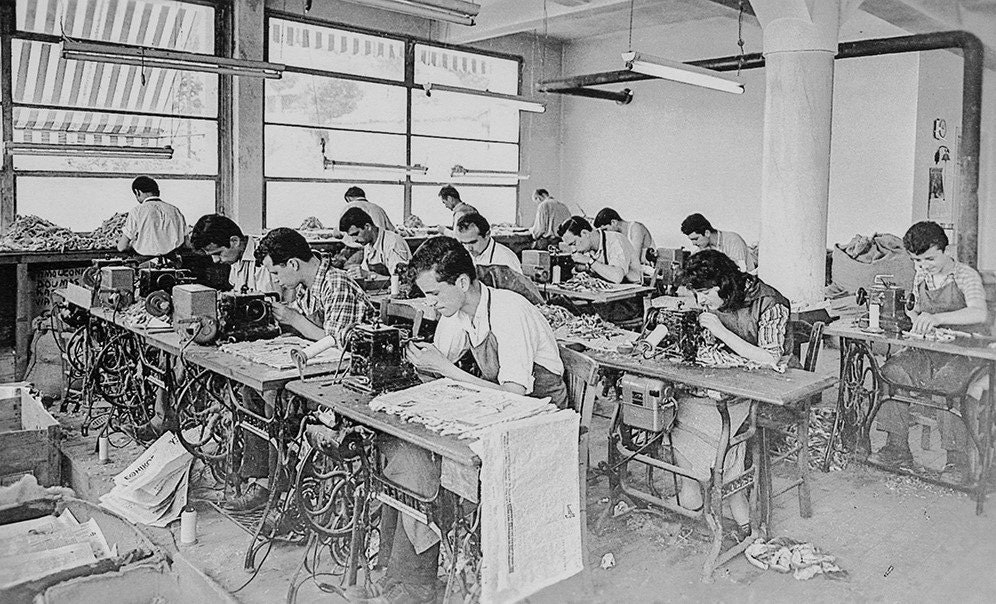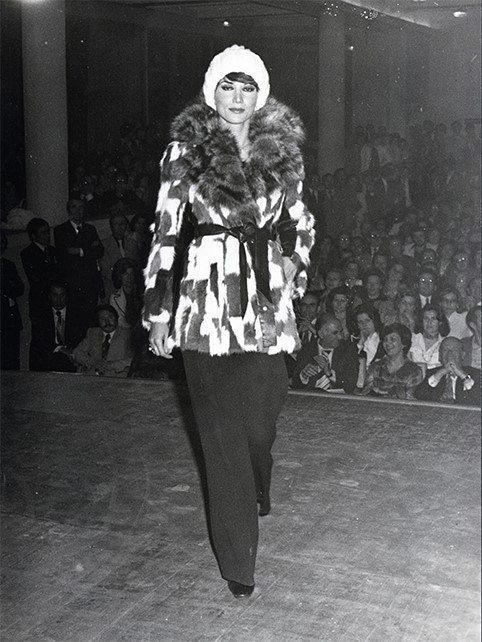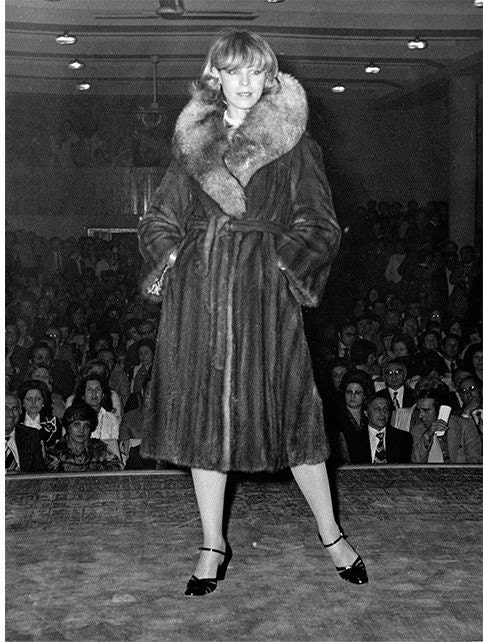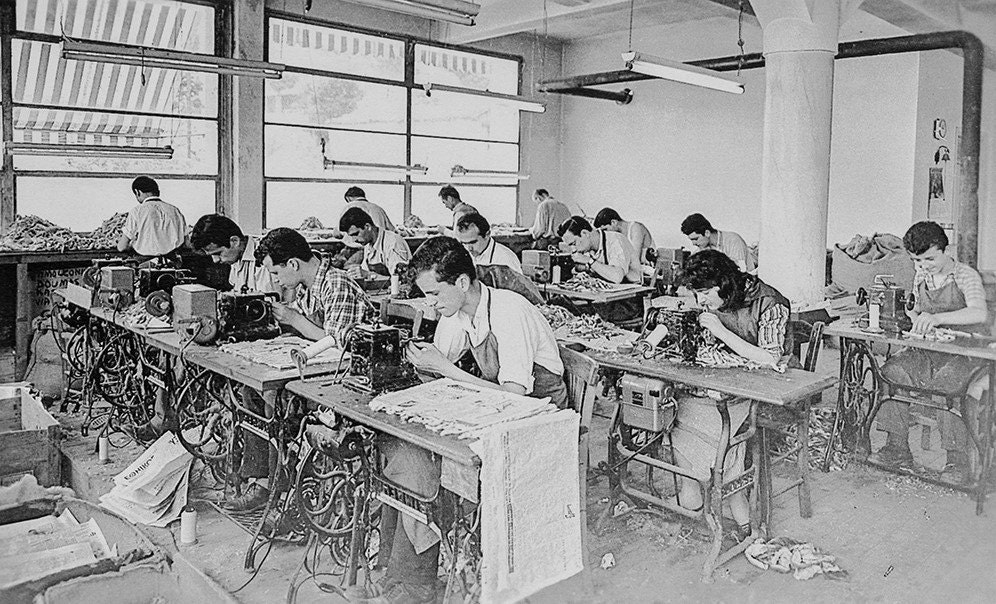Kastoria un Siatista are areas in West Macedonia, Northern Greece, where fur and leather are processed
In fact, the economy of these areas depends on the fur industry!
The processing of Fur in Kastoria estimated that begins earlier than the 14th century when the city provided the ermine pelts for the lining of the robes of the Byzantine courtiers.
From the 16th century onwards, growing demand for fur and a longer fur was widespread not only for protection from the cold but also as social promotion component.
The furriers Greeks begin to import raw materials from abroad. Early traders settled in Russia and Germany.
In the 18th century fur longer conquer the whole world. In 1894 it was an elegance sign since by then the processing was done manually.
First introducing the stapling of cuttings technique in Kastoria, the industry of the fur started to industrialize. After Germany's division at the end of World War II, the fur center moved from Leipzig to Frankfurt.
By the end of the World War II, the industry has been a great development thanks to the right technique and artistry of Kastorian furriers, making the region the main international fur processing center.
During the Greek Civil War in the late 1940s, thousands of Kastorians migrated to the United States to take the place of aging Jewish immigrants who had formed the core of New York furriers.
In 1984, 25,000 Kastorians were working and living in the area of New York, and 10,000 in Frankfurt.

FUR FACTORY IN KASTORIA GREECE IN THE YEAR 1955
The art of fur is inextricably linked to the region of Kastoria, since the years of Ottoman acquisition, counting five centuries of dynamic presence, becoming a turbocharger of the local economy and a catalyst for economic and cultural development.
Significant commercial activities that Kastorians furriers developed in major urban centers of the Eastern Mediterranean and Western Europe, have given them influence and power beyond the economic one, thus fulfilling a major social contribution to the survival and development of Hellenism.
In Istanbul, big commercial center of the Ottoman Empire, the work of the guild of furriers is mentioned in the patriarchal Vespers with the address "for the blessed guild of furriers', since both the Ecumenical Patriarchate of Constantinople and the Patriarchate of Jerusalem repeatedly received financial assistance from it.
It is undeniable that the "Roufetion of Gounaraion(Furriers)" was the strongest of all City unions/guilds, particularly in the 17th and 18th century with significant funding for the construction and operation of dozens of Greek schools, the reconstruction of destroyed temples, maintenance and supervision of the monasteries and the promotion of many other public/social works.

The first Exhibition of Kastoria International Fur Fair on May 1976. Photo from the Fashion Gala
The handicraft industry of fur in Kastoria has a tradition of about 500 years old but is very likely that Kastorians were processing fur skins from time immemorial as the morphology of the region had rich wildlife and an abundance of games. Of course, historical data show that current knowhow of the fur’s processing, was developed from Kastorians, who worked in Istanbul and moved it to Kastoria due to the lake and the abundant water their tanning industry was possible too.
The first Exhibition of Kastoria International Fur Fair on May 1976
With the liberalization of trade between the Ottoman State and Central Europe the furriers of Kastoria developed in parallel trade relations with countries outside the Ottoman Empire, especially with new markets such as Venice, Trieste, Leipzig, Paris, London and later in New York. The largest community after the Second World War was created in America with a focus on New York and in Europe with a focus on Frankfurt and Paris.

The first Exhibition of Kastoria International Fur Fair on May 1976 Photo from the Fashion Gala

